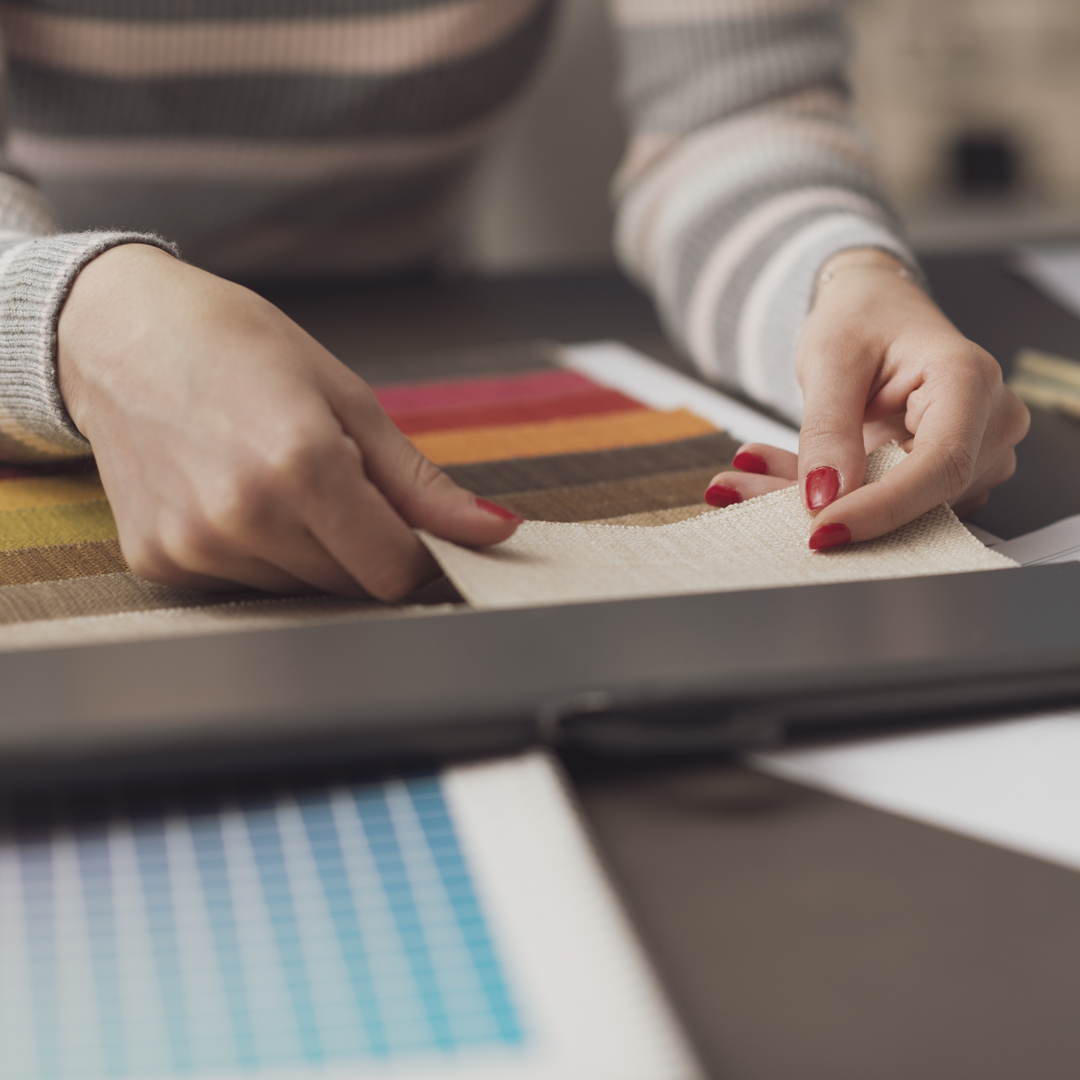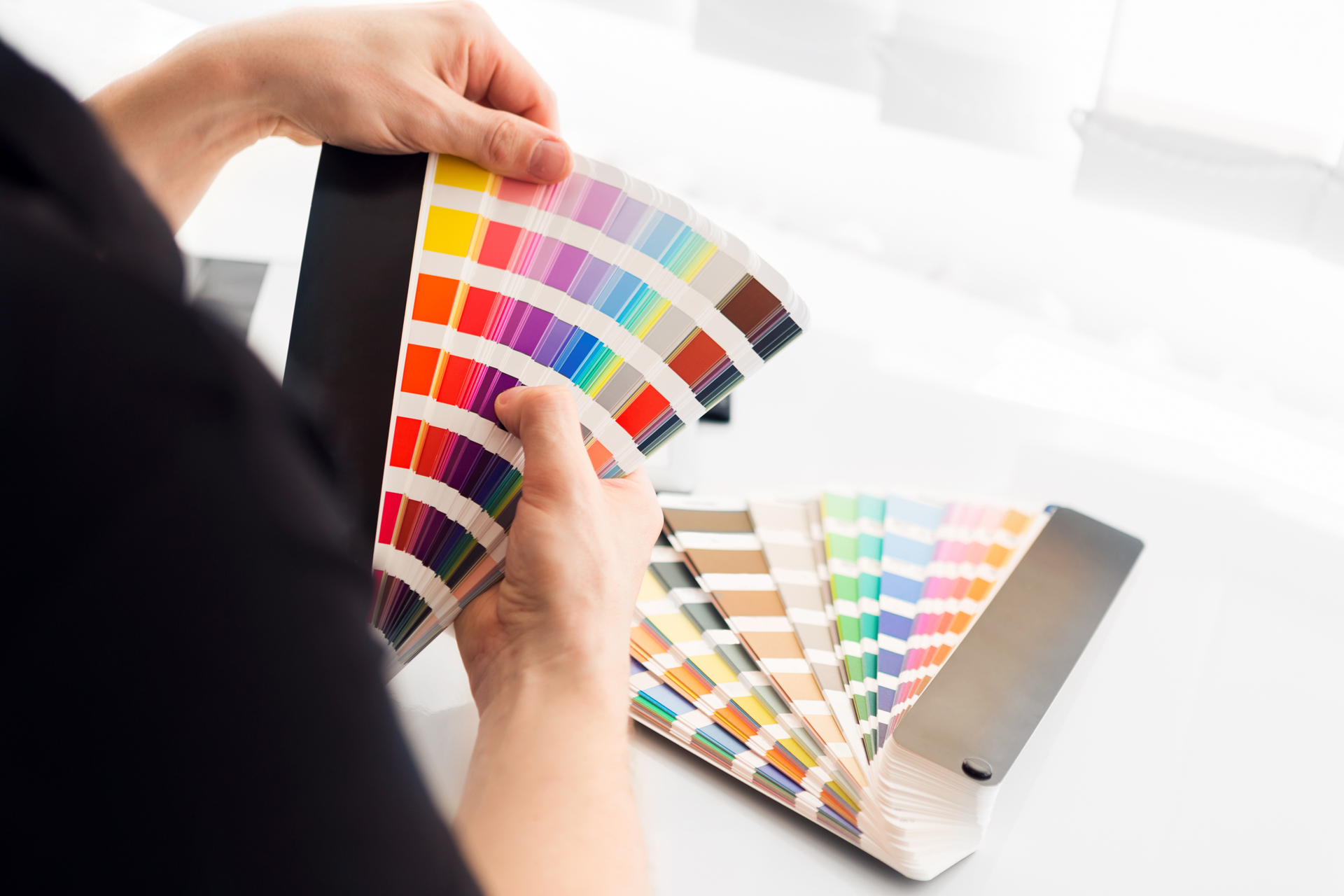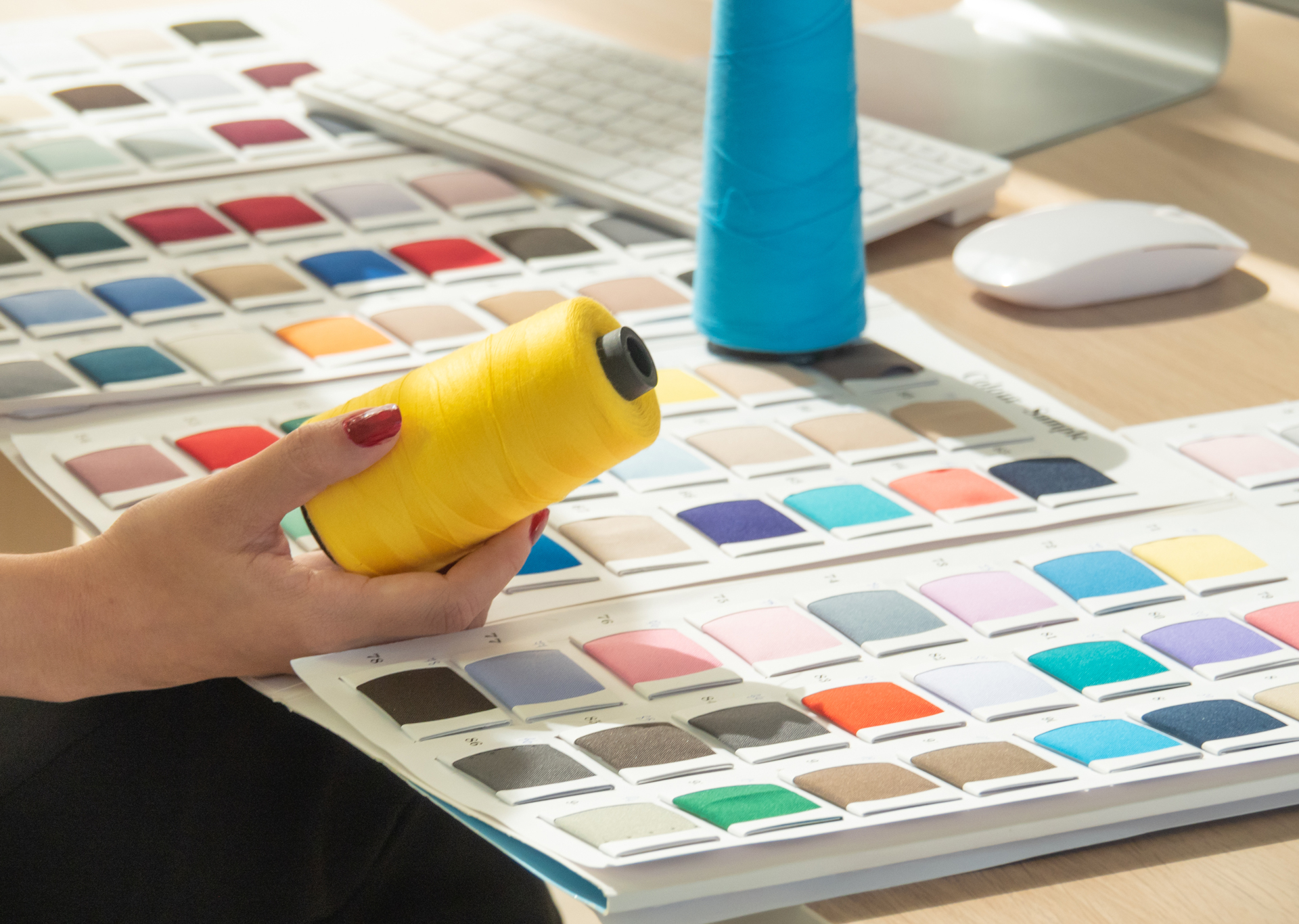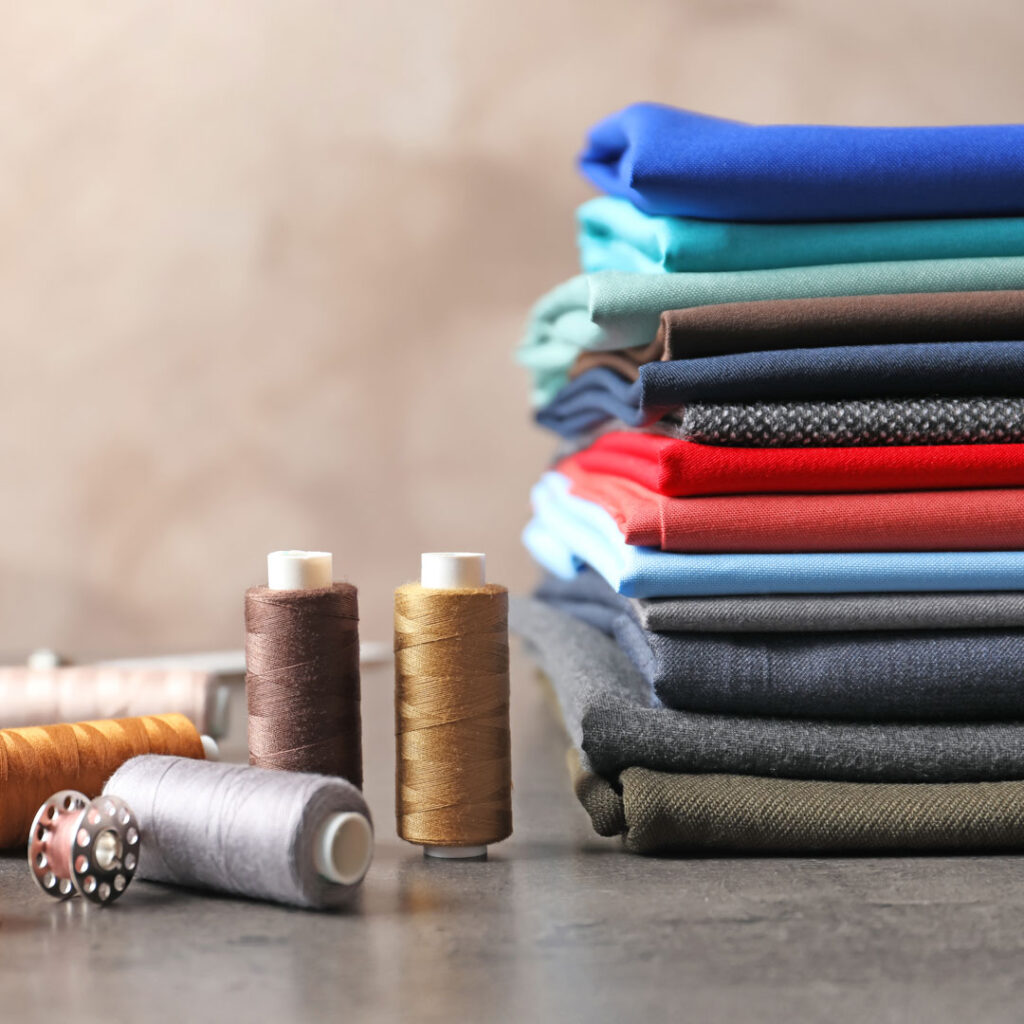How to Communicate the Exact Color to my Fashion Supplier?
30 November 2021
5 min read
Share

The ability to match and use colors properly is a fundamental prerequisite for a fashion designer and for everyone working on the brand appearance and look.
The colors play a critical role in the fashion world, both for their use in the finished garment and in advertising them. In both cases, the color choice needs to be appealing, intriguing, and trendy. It needs to capture the customers and lead them to buy the product.
The main color of every season is always different from the precedent one, and even though the timeless colors (black, white, navy, heather grey) are always a solid and secure choice, daring a little and using a bit of color within the clothing line is always recommended, both to offer a wider range of choice to the consumer, but especially to make the entire collection a little more appealing and catching to the eye!
How to communicate the correct colors between the different parties that collaborate with the garment realization? Is there a common language? There are several codes that can be used based on the final purposes.
Urth’s suggestion? We prefer using the Pantone Color Coding, for three main reasons: not only it provides endless nuances and it is known and used worldwide, but it is also applicable both for fabric and digital colors.

The Pantone Color System
The Pantone Color System is a huge system in which solid colors are organized according to their use, through alphanumeric codes.
Colors’ communication is necessary on different occasions, and applicable to different items, with different techniques. This is why there’s a need to create two separate coding systems, one addressed to fashion and product design, and another one addressed to prints and packaging.
The Pantone coding functionality lies in its capability of providing an intuitive and easy to use system, instead of being dealing with all other codes, which are normally very specific to a certain field of application.
The first system is dedicated to Fashion and Product Design, and it’s called Pantone Fashion, Home + Interiors. The codes of this system can be used for Apparel, Soft & Hard Home, Consumer Tech, Beauty, and Industrial Design.
The second system is used for graphic systems, especially for the Brand Guidelines, Signage, Printed Materials, Packaging, and Web & App Design.
Which Pantone code to use?
We have listed below the main codes that you, as a fashion designer, will need from the first Pantone coding section, called Pantone Fashion, Home + Interiors.
- Cotton Chip Set (code TCX): Used for textiles (in particular, it was conceived for cotton fabrics) and apparel.
- Textile Paper–Green (code TPG): Used for textiles, apparel, fashion accessories, and leather goods.
- Nylon Brights Set (code TN): Used for swimwear, intimate apparel, and athleisure, realized with fabrics presenting a high percentage of Nylon.
- Polyester Swatch Book (code TSX): Used for athleisure, swimwear, hosiery, sleepwear, footwear, outdoor sports, and kidswear products, realized with fabrics presenting a high percentage of Polyester.
Metallic Shimmers Color Guide (code TPM): Used for fashion accessories, trimmings, and footwear.
The second section codes are differentiated by the use of a U (uncoated), or a C (coated) at the end of the numeric code. In particular, coated colors are characterized by a glossy finish while the uncoated ones have a more porous finish. The two different finishings are given by the type of paper used: the uncoated paper is normally more absorbent than the coated one, that is why, for example, C colors are normally used in fashion magazines.
- Formula (Coated & Uncoated): Used for the design of logos and branding, marketing materials, packaging, and other graphics applications.
- Color Bridge (Coated & Uncoated): Used for digital design, and packaging when CMYK process printing is required.
- This is the only Pantone section that includes CMYK, Hex, and RGB values for each Pantone color.
- Metallics (Coated): Used for packaging, logos, branding, signage, and marketing materials.
- Pastels & Neons (Coated & Uncoated): Used for the design of logos, branding, marketing materials, packaging, and other print graphics applications.
In case you are still uncertain about which is the most appropriate code for you to use, click on this link that will take you to the Official Pantone website.

Other Color Codes
When it comes to fabric colors, it is well known that it is the Pantone Coding System that has the monopoly. All manufacturers in the world work and communicate colors thanks to the Pantone Codes. If you purchase the Pantone Book for fabric colors, you will receive a book full of cotton (TCX) / nylon (TN) / polyester (TSX) dyed swatches of the respective color code.
When it comes to on-screen and printed colors the variety and number of coding systems get bigger. The most common are RGB, HEX, and CMYK.
The first two, RGB and HEX are for on-screen colors, while the last one, CMYK, is for print.
- RGB (Red, Green, Blue): This coding is used for only on screen colors and digital applications. Colors are obtained thanks to the combination of the three colors red, green and blue.
- HEX (hexadecimal color): This coding is principally used in web design and has the same concept to the RGB one. HEX is an alphanumeric code of six digits that stands the use of the colors red, green, and blue in different quantities and combinations. The basic colors are mixed together to create a new and wide spectrum of available colors.
- CMYK (Cyan, Magenta, Yellow, Black): CMYK is also called the four-color process because this method combines small dots of different dimensions and quantity, of the four colors: cyan, magenta, yellow and black. The different combination of these four colors allows obtaining an enormous range of colors. Due to this technique, the final colors do not result in solid, as per the Pantone ones, but as a pattern composed of many dots.
As an organization, we prefer working with Pantone codes every time we have this possibility and, FYI, it is also the code most commonly used within our suppliers. Furthermore, we suggest it because with one coding we can define the fabric, printing, packaging and all digital colors.



















